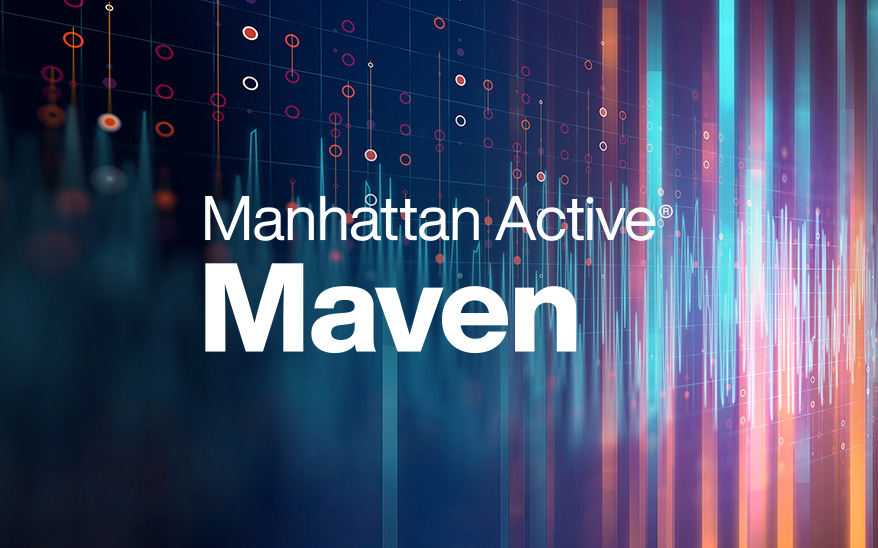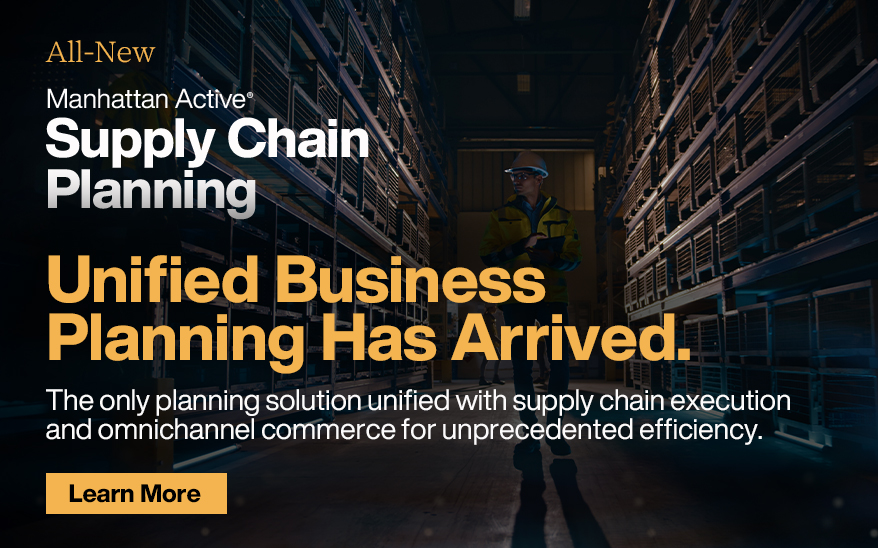The Formula for Change in Supply Chain

A survey of supply chain professionals conducted by Adrian Gonzales, Adelante SCM, explores the aspect of driving innovation in transportation and distribution operations.
According to Wikipedia, “Gleicher’s Formula” for change (D x V x F > R = ∆) was created by David Gleicher at Arthur D. Little in the early 1960s. The variables are defined as follows:
D: Signifies the degree of dissatisfaction with the current situation.
V: The vision of what can be done and what is possible.
F: A plan of the first concrete steps that can be taken towards materializing the vision.
R: The resistance to change.
∆: Change
In a survey conducted in October 2022 with members of the Indago supply chain research community -- who are all supply chain and logistics executives from manufacturing, retail, and distribution companies -- we explored aspects of Gleicher's Formula from a supply chain management perspective.
Since supply chain professionals often mention “change management” as a big challenge in driving innovation at their companies, the survey focused on that part of the formula. We asked Indago members, “When it comes to your supply chain capabilities, which factors provide the greatest resistance to change?”
“Lack of resources” topped the list of factors that provide the greatest resistance to change, with 64% of our member respondents selecting it. It was followed by “Lack of upper management support” (52%) and “Lack of investment budget” (44%).

Indago members were also asked, “What actions/steps are you taking over the next year to realize your vision of ‘what can be done and what is possible in your supply chain?”
Considering the lack of resources highlighted earlier, it’s not surprising that “Hiring new talent” is the top action supply chain professionals plan to take over the next year (along with “Collaborating with suppliers more”) to realize their vision of “what can be done and what is possible,” with 40% of respondents selecting it.
The Takeaways
So, what do these results tell us?
First, labor constraints are an ongoing problem in the industry. Back in October 2021, for example, we asked our Indago members, “Which parts of the physical supply chain are the most broken or need the most fixing?” Not surprisingly, ocean ports ranked first, but labor was a close second.
According to a September 2021 presentation by labor economist Ron Hetrick titled “The Demographic Drought,” population growth has declined steadily since the 1970s across the world. In several leading economies, including the United States, Korea, and Japan, growth is, in fact, negative. A sustainable replacement rate is 2.1, meaning every adult couple must raise an average of 2.1 children to maintain a steady population. In the United States, however, the replacement rate is only 1.7 and has been below the 2.1 rate (and declining) for over 50 years. Other Western economies are the same or worse. Even China and India have seen significant declines in their population growth rates too.
This labor problem goes beyond not having enough drivers or warehouse workers; it also impacts, as the survey results show, the ability of companies to drive change and innovation within their organizations. Why? Because the people they have are too busy with their day-to-day responsibilities to tackle anything else. As one Indago executive commented, “The path to progress is hindered by the sheer number of things to do.” Put differently, there’s too much to do and too few people and time to do them.
Second, and this has always been the case, it’s very difficult to drive change within an organization without upper management support, as these Indago supply chain executives point out:
“Organizational change must be driven by senior leadership, and their commitment to change must be communicated to the entire organization. You need to ensure that everyone understands what the goal is with the new change and what benefits the company and employees will obtain with a successful implementation. Ensuring proper training and resources for the change is a must-have. Monitoring execution and metrics once the change is implemented must be managed closely."
Third, one of the key lessons learned from the COVID-19 pandemic (as many companies struggled with supply shortages) is that establishing more collaborative relationships with suppliers is more important than ever. “We are focused on continuity of supply for some of our longer lead time import items,” said one Indago supply chain executive. “We are focused on working with our vendors, as well as our procurement team, to develop a more collaborative relationship. First steps are to identify customer stakeholders, internal stakeholders, and vendor stakeholders.”
Another executive added, “Driving change across the supply chain requires support not only from senior leadership within the company but also from vendors and customers. Any change is transferred upstream and downstream along the value chain, so it is critical to have sufficient awareness and communication with external partners in order to implement big changes.”
Finally, “Lack of technology” ranked fourth on the list of factors providing the greatest resistance to change, and “Implementing more modern logistics software” ranked third on the list of actions companies plan to take to realize their vision of “what can be done and what is possible.” This suggests that supply chain professionals (at least those in the Indago research community) recognize that technology is not a silver bullet solution to driving change and innovation within their organizations. If you don’t have enough resources and don’t have upper management support, you’re either not going to get approval for technology investments, or you won’t get the full value from them.
A Big Room for Improvement in Supply Chain Capabilities
Back to Gleicher’s Formula, instead of asking our Indago members about their level of dissatisfaction with the current situation, we asked them to rate their overall capabilities (people, process, technology) across a variety of supply chain functions relative to meeting their company's objectives and customer requirements.
Across all functions, more than 50% of the respondents characterized their overall capabilities as “Average or Below.” Supply Chain Planning received the most “Average or Below” votes (72%), while “Transportation Management” received the most “Good/Excellent” votes (48%).
With regards to technology, here are a few comments posted by Indago member respondents:
- “We are looking to digitize our deliveries and eliminate paper invoices and PODs.”
- “We are focused on WMS and Supply Chain Planning improvements. Both will require process and technology enhancements.”
- “First steps are to identify areas that are the biggest pain points, what can be automated or not, and determining the budget required so we can start focusing our attention on what needs to change, when, and how.”
- “We continue to enhance our visibility and forecasting tools for more reliability to make better decisions.”
It’s important to note that the question asked about overall capabilities, not just technology capabilities. For some companies, technology might be the weakest link, while for others, it might be people or processes. And in some cases, companies might have poor capabilities in all three areas.
Which is the weakest link at your company?
The Bottom Line: 3 Ways to Transform Your Operations
o drive change and innovation in the supply chain, you need to overcome the factors that provide the greatest resistance to it. This survey of supply chain professionals grappling with the vagaries of today’s environment suggests that lack of resources is a big resistance factor. If so, then one of technology’s value propositions -- enabling companies to streamline, optimize, and automate their processes, which frees people up to focus their time and effort on more strategic, higher-value initiatives -- is stronger today than ever before.
This ability to “do more with less” should also help get upper management support to drive change. Once that resistance factor is eliminated, the road ahead is a bit easier, as this Indago supply chain executive commented: “Senior leadership at my company is very engaged and aware of logistics issues and opportunities, so getting organizational support for initiatives is easy. I think the very well-publicized supply chain issues of the past couple of years have created greater awareness and appreciation of the importance of having a healthy supply chain.”
Finally, the survey results indicate that many companies are average at best when it comes to their overall supply chain and logistics capabilities. Average was not good enough during the pandemic, it is not good enough today, and it certainly won’t be good enough tomorrow. Therefore, driving change and innovation is imperative for future success. Use Gleicher’s Formula as a framework to get started.
The Formula for Change in Supply Chain
A survey of supply chain professionals reveals the current state of operations, sources of pressures and the need for transformation.





